Foxtail Agave (Agave Attenuata) Profile: Plant Info & Care Guide
Written by Iris
Dec 07 2021
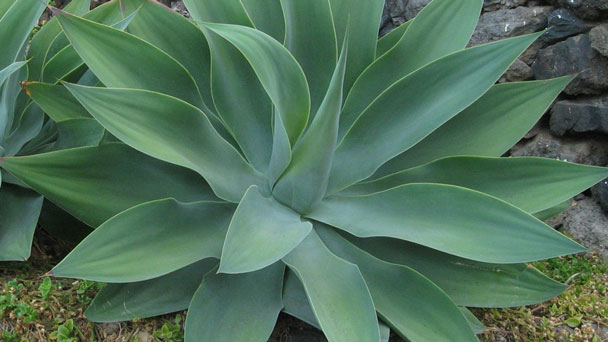
Foxtail agave (Agave attenuata) is an unusual succulent belonging to the Agave plant genus and the Asparagaceae family of plants. Foxtail agave is native to central Mexico in the state of Jalisco where it produces long, curved flower stalks with greenish-yellow flower color.
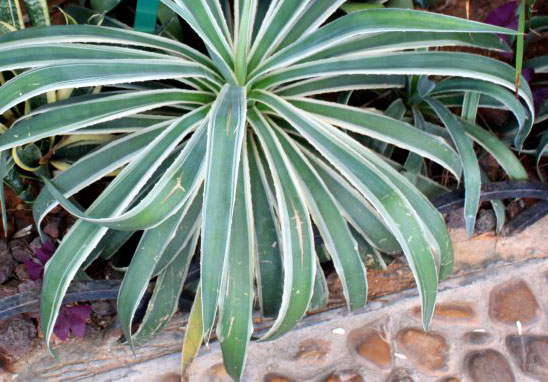
If your Foxtail agave has sprouted one or more suckers and you wish to repot them to make new plants, carefully pull the sucker away from the parent plant. Then, give them a little time to dry out, which will reduce the risk of your new plants acquiring root rot and oftentimes resulting in an early death. Once they've dried out, repot them in a container or elsewhere in your garden, and be sure to offer your new baby foxtail agave plant plenty of water and sunlight during the growing stages.
You can cut the pup at a slanted angle away from the larger plant. When cutting, take care to leave a bit of the stem that attached the pup to the parent plant, which will provide a healthy area for the new roots to form.
Once your pup is separated, allow the cut part to air dry until a hard callus form over the area, and once that end is hardened (which could take anywhere from several days to a few weeks), place it in a container of soil deep enough that the pup is supported and won't fall over.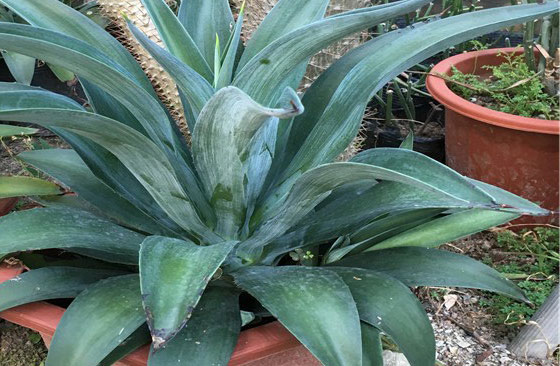
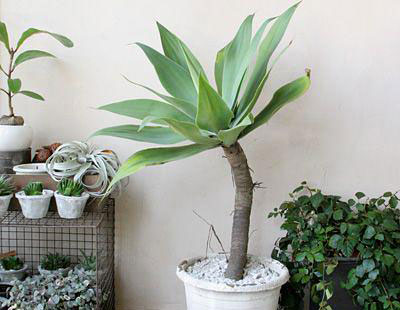
Foxtail agave make excellent show plants as one can grow a relatively large, old Foxtail agave plant in a pretty small pot. They are natural works of art and grow into very predictable sizes and shapes. Sometimes suckering is a desirable trait in a show plant.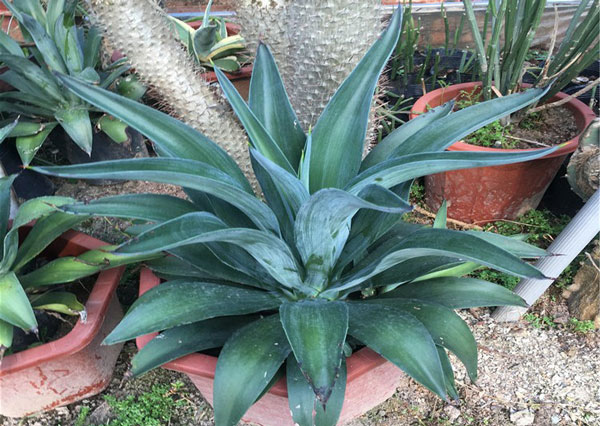
Agave attenuata ‘Variegata’
This variety of fox tail agave is commonly known as lion’s mane agave, and it’s easy to understand why upon viewing the plant. Its pale green leaves feature vertical stripes of yellow, which give the impression of a lion’s mane when the leaves are packed into a rosette shape. This plant has similar care requirements to the fox tail agave but is less likely to enjoy partial shade. To maintain the variegated pattern, it is best to keep this plant in a position of full sun.
Agave attenuata ‘Nova’
This fox tail agave goes by several other names, including ‘Boutin Blue.’ It has wide blue-green foliage and is slightly more tolerant of cool weather than its relatives. It is hardy through USDA hardiness zones 8 to 12.
Agave attenuata’ Ray of Light’
This agave has variegated leaves, which are gray-green in the center, and then fade out to a paler green before merging into creamy yellow on the leaf margins. Foliage develops from a chunky central stem, which typically grows to 4 or 5 feet in height.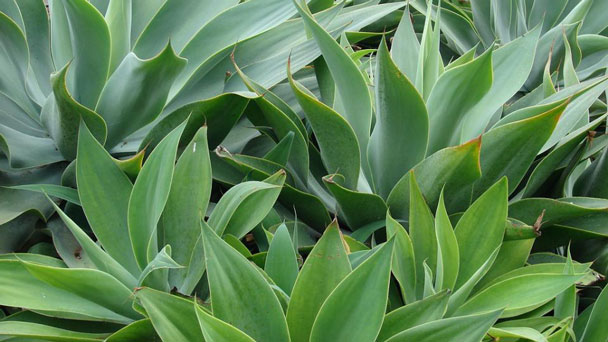
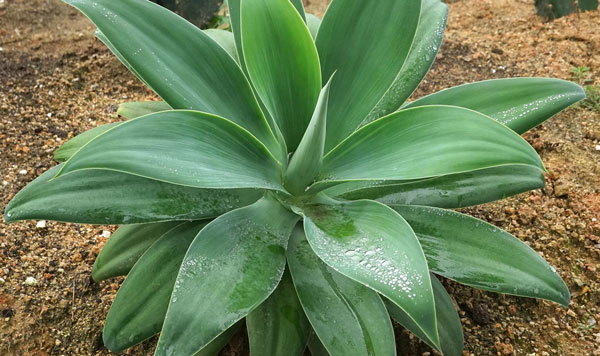
Generally popular in modern garden designs the agave attenuata is extensively and popularly grown in Mediterranean and modern style landscapes, in pots and containers, embankments and tropical styled gardens.
Use it as a background plant or as an understory in the protected shade of a large canopy tree. Foxtail agave plant can also be planted in shaded entryways and large planters for tropical effects. Use it around fountains and pools, or where bold foliage is needed. This is a great background plant in annual and perennial color plants or as an accent in cactus and succulent gardens.
Foxtail Agave Plant InfoHabits of Foxtail Agave PlantFoxtail Agave DistributionHow to Grow and Care for Foxtail Agave PlantHow to Grow Foxtail Agave PlantHow to Care for Foxtail Agave PlantUses of Foxtail AgaveVarieties of Foxtail Agave PlantFoxtail Agave Common Pests/DiseasesFoxtail Agave Design TipsFoxtail Agave Companion Plants
Foxtail Agave Plant Info
| Scientific Name | Agave attenuata |
| Common Name | Fox Tail Agave, Swan's Neck Agave, Lion's Tail Agave, Dragon Tree Agave, or Century Plant |
| Category | Desert Accent Plant |
| Size | 5' x 5' |
| Flower Color | Yellowish-green |
| Exposure | Partial shade |
| Water | Weekly irrigation during the hot, dry season |
Habits of Foxtail Agave Plant
Also commonly known as the fox tail, Foxtail agave is a succulent plant native to Mexico. foxtail agave plants are short and wide, growing low to the ground, and they make for excellent ornamental additions to gardens that receive ample sunlight. Desert plants by nature, Foxtail agave can fare well with minimal watering, but it is recommended that you offer your plant a healthy drink of water about once a week or so, especially during warmer months or if your plant sees direct sunlight for a good portion of the day.Foxtail Agave Distribution
Foxtail agave is a rare species and is native to mountain habitats in central Mexico.
How to Grow and Care for Foxtail Agave Plant
How to Grow Foxtail Agave Plant
- Propagate with Seeds
- Propagate with Cuttings
If your Foxtail agave has sprouted one or more suckers and you wish to repot them to make new plants, carefully pull the sucker away from the parent plant. Then, give them a little time to dry out, which will reduce the risk of your new plants acquiring root rot and oftentimes resulting in an early death. Once they've dried out, repot them in a container or elsewhere in your garden, and be sure to offer your new baby foxtail agave plant plenty of water and sunlight during the growing stages.
- Propagate with Pups
You can cut the pup at a slanted angle away from the larger plant. When cutting, take care to leave a bit of the stem that attached the pup to the parent plant, which will provide a healthy area for the new roots to form.
Once your pup is separated, allow the cut part to air dry until a hard callus form over the area, and once that end is hardened (which could take anywhere from several days to a few weeks), place it in a container of soil deep enough that the pup is supported and won't fall over.

How to Care for Foxtail Agave Plant
- Light Care
- Soil Care
- Water Care
- Temperature and Humidity Care
- Fertilizer Care
- Pruning Care

Uses of Foxtail Agave
Foxtail agave (Agave attenuata) is fantastic for adding interesting form and texture to garden beds. Foxtail agave have long been highlighted in gardening magazines and television shows, used as features in pots, courtyards and landscapes. They are particularly popular in modern garden designs. These Agaves are great used as feature plants in Mediterranean and modern style landscapes, pots and containers, rockeries, embankments and tropical style gardens. They look fantastic in pots on verandahs & balconies and can be planted as courtyard features. They will tolerate exposed sites and look great interplanted with other succulents, cacti, flax, bird of paradise, mondo and bongo grass. Unlike many agaves, Foxtail agave has no teeth or terminal spines, making it an ideal plant for areas adjacent to footpaths.Foxtail agave make excellent show plants as one can grow a relatively large, old Foxtail agave plant in a pretty small pot. They are natural works of art and grow into very predictable sizes and shapes. Sometimes suckering is a desirable trait in a show plant.

Varieties of Foxtail Agave Plant
Some other varieties of the fox tail agave include the following.Agave attenuata ‘Variegata’
This variety of fox tail agave is commonly known as lion’s mane agave, and it’s easy to understand why upon viewing the plant. Its pale green leaves feature vertical stripes of yellow, which give the impression of a lion’s mane when the leaves are packed into a rosette shape. This plant has similar care requirements to the fox tail agave but is less likely to enjoy partial shade. To maintain the variegated pattern, it is best to keep this plant in a position of full sun.
Agave attenuata ‘Nova’
This fox tail agave goes by several other names, including ‘Boutin Blue.’ It has wide blue-green foliage and is slightly more tolerant of cool weather than its relatives. It is hardy through USDA hardiness zones 8 to 12.
Agave attenuata’ Ray of Light’
This agave has variegated leaves, which are gray-green in the center, and then fade out to a paler green before merging into creamy yellow on the leaf margins. Foliage develops from a chunky central stem, which typically grows to 4 or 5 feet in height.

Foxtail Agave Common Pests/Diseases
When grown outdoors Foxtail agave (Agave attenuata) are susceptible to plant-eating insects such as the Agave snout weevil, soft scape and the cactus longhorn beetle. Signs of infestation include withering or dry leaves and brown spots. Treat infested plants with a broad spectrum insecticide or diluted neem oil for a natural alternative. Agave can also fall victim to bacterial and fungal infections, including leaf spot and crown and root rot. Treat Foxtail agave with an antifungal agent occasionally to prevent infection. Destroy affected plants to prevent the spread of the disease.
Foxtail Agave Design Tips
Foxtail agave (Agave attenuata) brings flamboyance and a colorful texture to any garden bed and have been the darling in many gardening magazines, television shows, used extensively as feature spots on other shows and being the centerpiece of landscaping ideas.Generally popular in modern garden designs the agave attenuata is extensively and popularly grown in Mediterranean and modern style landscapes, in pots and containers, embankments and tropical styled gardens.
Use it as a background plant or as an understory in the protected shade of a large canopy tree. Foxtail agave plant can also be planted in shaded entryways and large planters for tropical effects. Use it around fountains and pools, or where bold foliage is needed. This is a great background plant in annual and perennial color plants or as an accent in cactus and succulent gardens.
Foxtail Agave Companion Plants
Salvia (Salvia); Sempervirens (Sempervirens); Sedum (Sedum); Red Yucca (Hesperaloe); Euphorbia (Euphorbia)Latest Updated
- Benefits of Bugleweed - 7 Science-backed Health Benefits
- Bugleweed Dangers & Side Effects - Is It Poisonous?
- How to Plant Evergreen Trees - What You Should Know
- When to Plant Evergreens - Grow Guide for Evergreen Trees
- 12 Wonderful Evergreen Shrubs for Your Garden
- 12 Popular Evergreen Plants with Pictures for Beginners
- When And How To Prune A Lilac Bush Like a Pro
- How to Grow & Care for Lilac Vine (Hardenbergia Violacea)
- Japanese Lilac Tree (Syringa Reticulata) Care & Propagation Guide
- Shumard Oak Pros and Cons - What to Know
Popular Articles
- Winter maintenance of Antirrhinum Majus
- How to Grow Terminalia Mantaly Tree
- How to Grow and Care for Crossostephium Chinense
- How to grow Antirrhinum Majus in spring
- Peristeria Elata (Dove Orchid) Profile: Info & Care Guide
- Underwatered Snake Plant (Sansevieria Trifasciata) - Signs And How To Fix
- How to Care for Brazilian Jasmine Plant (Mandevilla Sanderi)
- How to Grow & Care for Graptopetalum Purple Delight in Summer
- Rosa Chinensis (China Rose): Plant Growing & Care Tips
- How to Care for Baby Sun Rose (Aptenia Cordifolia)